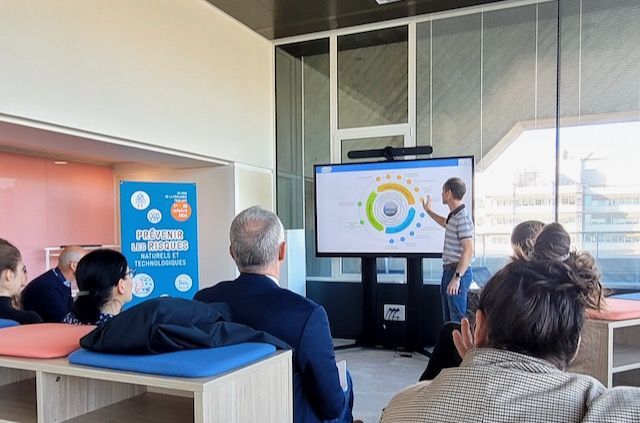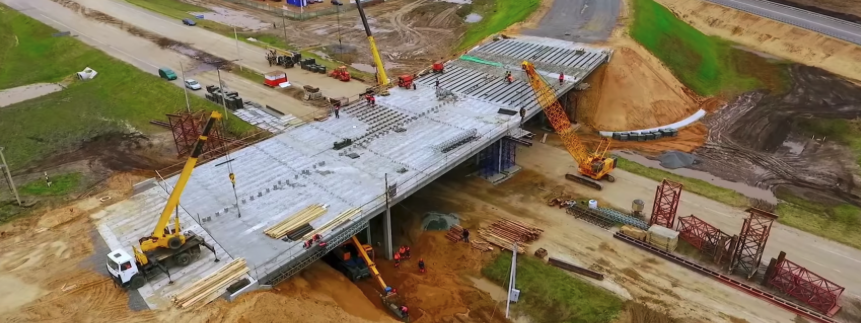Understand decision options with Decision Trees
An important part of a Risk professional’s job is to help people make good, risk-informed decisions.
Have you used Decision Trees before? They have been around for decades, and they stand the test of time (for an example of their longevity, read this Harvard Business Review article dating from 1964). Creating a Decision Tree when you need to review various options can help you understand, in a visual way, the “choice paths” available to achieving your objectives. It can help you work out what your decision paths are when you face several possible courses of action, and to understand how different scenarios could occur, in order to determine the best decision to make.
The visualisation of decision-making makes a Decision Tree a useful tool to see the uncertainty we face. Picturing possible outcomes in a Decision Tree can help us assess our degree of comfort in different outcomes occurring (which relates to what we see as our risk appetite).
If you have data to support different decision options, you can include this data into a Decision Tree. IT-based Decision Tree tools such as Palisade’s Precision Tree can assist you to quantify outcomes of different paths, which can help you to understand the magnitude of these outcomes.
For more information about Decision Trees, feel free to get in touch to have a discussion.










